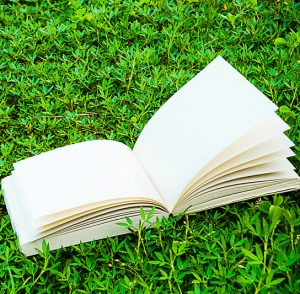(Just a note, this article was featured in our April 2020 Newsletter. Some references may not correspond with recent events. To receive our articles first, you can subscribe to our newsletter here.)
I think we could all use some Harry Potter in our lives right about now, so this month, I’m going to chat about what I personally consider the most important part of plotting, using Harry Potter and the Sorcerer’s Stone as my example.
No matter what stage your manuscript is in, there are three questions you need to be able to answer:
- What is your protagonist’s internal conflict?
- What is the manuscript’s major external conflict?
- How do those two conflicts work in harmony?
All too often, I see internal and external conflicts that don’t work together the way they need to. Here’s the secret: Your external conflict and internal conflict should be tightly woven together because the external conflict exists as a mechanism to force internal change and growth in your character.
For example, in Harry Potter and the Sorcerer’s Stone, Harry’s internal conflict is that he feels like an outsider. He is alienated from the muggle world, but doesn’t feel like he fits in to the wizarding world either. His interactions with the Dursleys make him feel as though he doesn’t have a family. His interactions with Malfoy and Snape make him feel ignorant about the wizarding world. Even the more positive starstruck reactions of people like Fred and George, Professor Quirrel, and Hermione all drive home the fact that Harry is an outsider from every angle.
The external conflict in Harry Potter and the Sorcerer’s Stone(and in most of the individual HP books) concerns Voldemort trying to return. In this case, his plan is to steal the Sorcerer’s Stone and use it to gain immortality. This conflict with Voldemort is set up from the very first pages of Harry Potter and is repeatedly planted in an escalating fashion throughout until it culminates in the final battle.
If you analyze the plot of Harry Potter and the Sorcerer’s Stone, it is actually very tightly woven around these two conflicts, which are constantly in a dance with each other. For example, Voldemort’s history with Harry is the reason Harry was sent to live with the Dursleys, and it’s also the reason he is an outsider in the wizarding community. Voldemort is actually the causeof Harry’s internal conflict.
By the end of Sorcerer’s Stone, you see Harry feeling more confident in the wizarding world and at Hogwarts. You see him overcoming his external conflict with Voldemort (for now) and becoming a hero of the school and, in doing so, winning the House Cup for Gryffindor, which symbolically cements his place as someone who belongs. If you analyze the plot, it is both a riveting adventure and a story that serves Harry’s internal conflict and ultimate growth from an orphan who doesn’t belong to a confident boy who has embraced his birthright as a wizard and discovered his found family in Ron and Hermione.
And that, my friends, is how Harry’s external conflict (Voldemort) both causes his internal conflict and ultimately forces his growth.
You should be able to do this with any manuscript you love—including your own! So as you turn back to your editing, writing, reading, etc., ask yourself how well the external conflict is dancing with the internal conflict.
Happy writing!
Creative Commons Photo Credit: Kate Ter Haar










